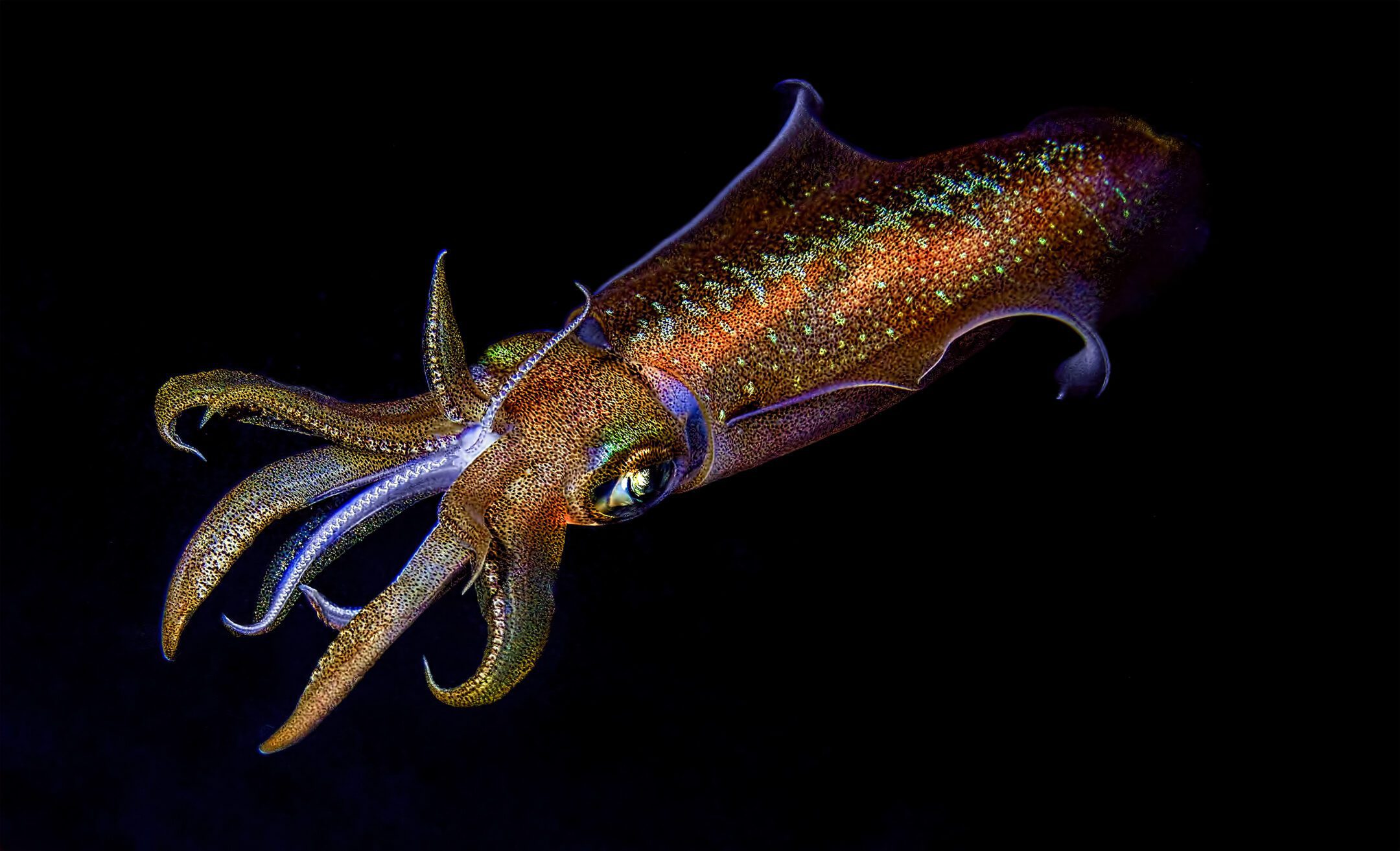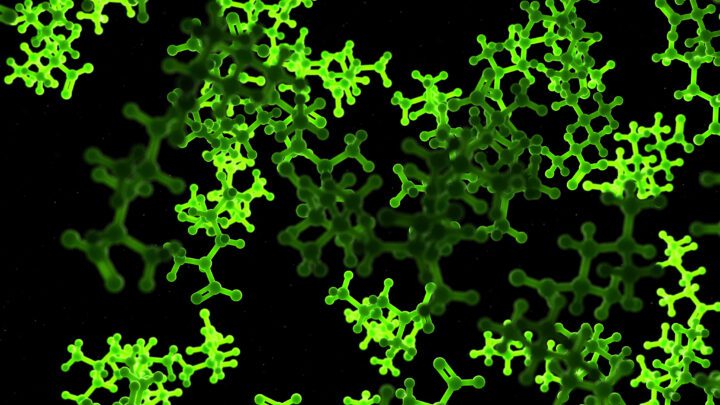Adaptive space blanket allows users to regulate their temperature by stretching the blanket to allow heat to escape.
Benefits
- Lightweight
- Reduced cost
- Durable
Applications
- Textiles
- Electronics
- Camping equipment
- Clothing
- Commercial & residential buildings
The Challenge
Space blankets are found in a variety of places including outer space, marathon races, and first aid kits. They are made from a thin sheet of plastic, which is a static material that that is not able to adapt to changing conditions. This makes it difficult to effectively regulate body temperature.
Innovation Details
The space blanket was inspired by the way squid and other cephalopods are able alter their skin color and texture to blend into their surroundings. They do this by adjusting tiny sacs called chromatophores on their skin, which contain . Similarly, the space blanket contains tiny metal ‘islands’. In the relaxed state, the islands are bunched together and the material reflects and traps heat, like a traditional space blanket. When the material is stretched, the islands spread apart, allowing infrared radiation to go through and heat to escape. It can be stretched and returned to its original state thousands of times.
Biological Model
Cephalopods such as squid and cuttlefish often use adaptive camouflage to blend in with their surroundings. They are able to match colors and surface textures of their surrounding environments by adjusting the pigment and iridescence of their skin. On the skin surface, chromatophores (tiny sacs filled with red, yellow, or brown pigment) absorb light of various wavelengths. Once visual input is processed, the cephalopod sends a signal to a nerve fiber, which is connected to a muscle. That muscle relaxes and contracts to change the size and shape of the chromatophore. Each color chromatophore is controlled by a different nerve, and when the attached muscle contracts, it flattens and stretches the pigment sack outward, expanding the color on the skin. When that muscle relaxes, the chromatophore closes back up, and the color disappears. As many as two hundred of these may fill a patch of skin the size of a pencil eraser.






